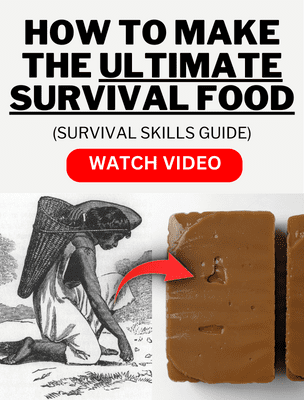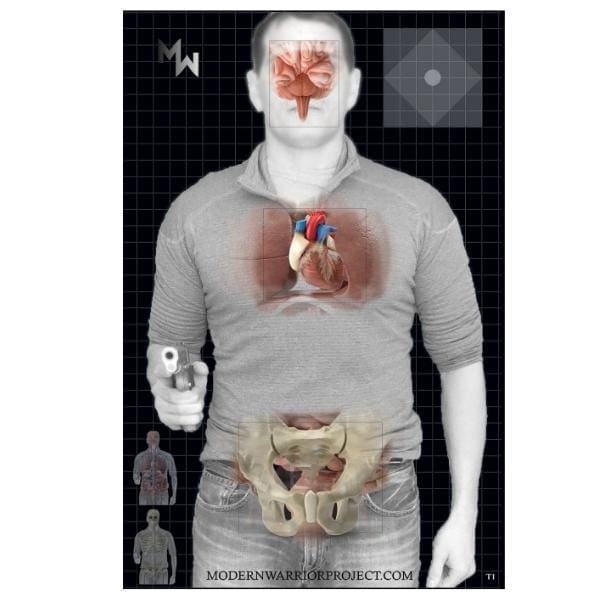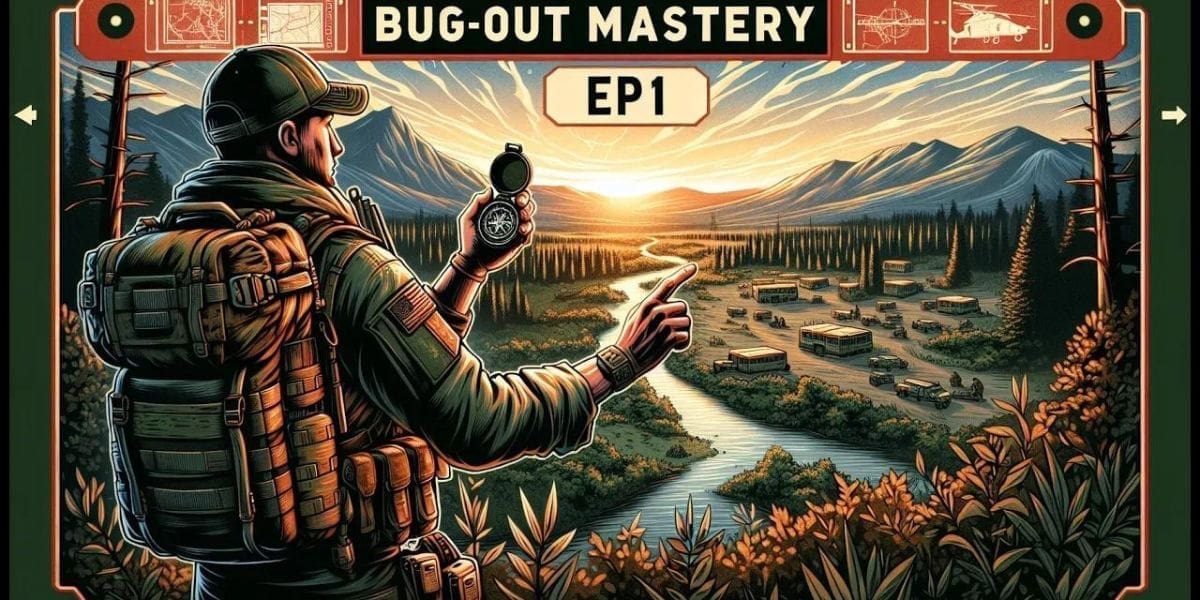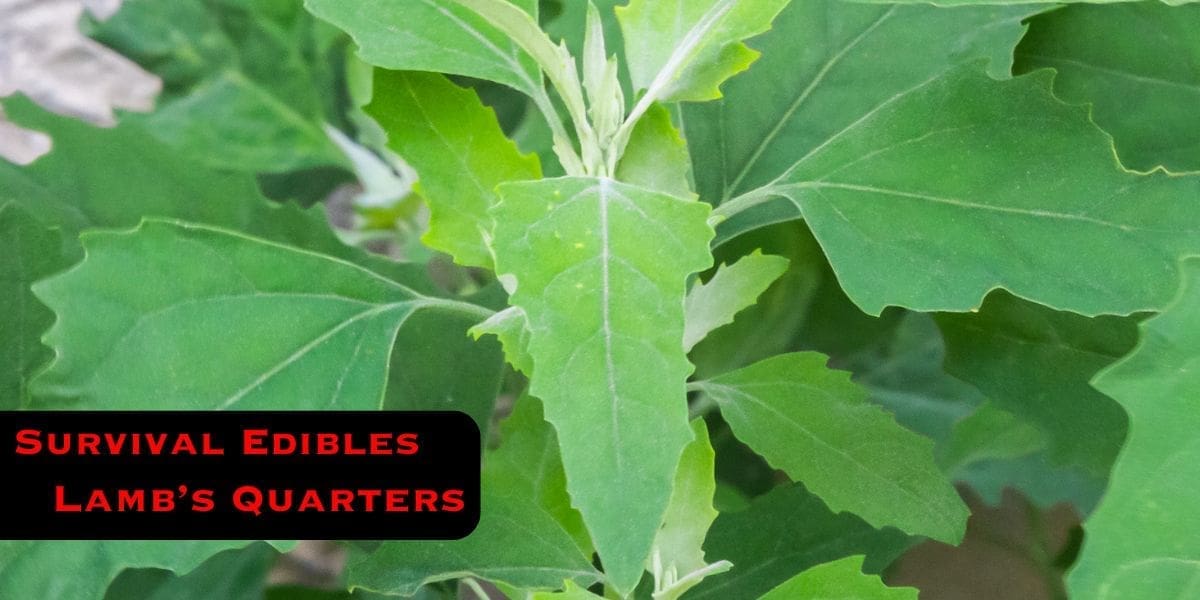Introduction
When it comes to emergency planning, two common approaches are bugging out and sheltering in place. Bugging out refers to the act of leaving one’s home during an emergency, while sheltering in place involves staying at home and utilizing available resources. Both options have their pros and cons, and it’s important to understand them in order to make an informed decision. In this article, we will explore the advantages and disadvantages of bugging out and sheltering in place, and provide guidance on how to choose the best course of action.

Bugging Out
Bugging out is the act of evacuating one’s home and seeking alternative shelter during an emergency situation. This approach offers several advantages:
- Increased mobility and flexibility: Bugging out allows individuals to quickly move away from immediate danger and adapt to changing circumstances.
- Ability to escape immediate danger: By leaving the affected area, individuals can reduce their exposure to hazards such as natural disasters or civil unrest.
- Access to alternative resources and shelter: Bugging out provides the opportunity to find alternative sources of food, water, and shelter, which may be crucial during an extended emergency.
However, there are also disadvantages to consider:
- Limited supplies and resources in a bug out bag: While a bug out bag is designed to provide essential items for a short period of time, it may not sustain individuals for an extended period.
- Uncertainty of finding suitable shelter and resources: When bugging out, there is no guarantee of finding suitable shelter or access to necessary resources, which can increase vulnerability.
- Potential risks and dangers during travel: The act of bugging out itself can be risky, as individuals may face hazards such as traffic congestion, violence, or exposure to harsh weather conditions.


Sheltering in Place
Sheltering in place involves staying at home and utilizing available resources during an emergency. This approach offers several advantages:
- Familiarity with surroundings and available resources: By staying at home, individuals are familiar with their surroundings and know where to find essential supplies.
- Access to a stable shelter and essential supplies: Sheltering in place allows individuals to utilize their home as a stable shelter, with access to food, water, and other necessary resources.
- Reduced risks associated with travel: By staying put, individuals avoid the potential dangers and uncertainties of traveling during an emergency.
However, there are also disadvantages to consider:
- Dependence on local infrastructure and resources: Sheltering in place relies on the availability of local infrastructure and resources, which may be compromised during certain emergencies.
- Potential for isolation and limited access to help: Depending on the severity of the emergency, individuals who choose to shelter in place may face isolation and limited access to outside assistance.
- Increased vulnerability if the home is not adequately prepared: If the home is not properly prepared for an emergency, individuals who choose to shelter in place may face increased vulnerability to hazards.


Factors to Consider
When deciding whether to bug out or shelter in place, there are several factors to consider:
| Factors | Bugging Out | Sheltering in Place |
|---|---|---|
| Type and severity of the emergency | May be necessary in certain situations | May be suitable for less severe emergencies |
| Proximity to immediate danger or evacuation zones | May require immediate evacuation | May be safer to stay away from danger zones |
| Availability of resources and support systems | May have access to alternative resources | Relies on local infrastructure and resources |
| Personal health and mobility considerations | May be challenging for individuals with mobility issues | May be more suitable for individuals with health concerns |
Making the Decision
When making the decision to bug out or shelter in place, it is important to follow these steps:
- Stay informed and monitor official emergency alerts and instructions: Keep track of the latest information from reliable sources to make an informed decision.
- Assess the situation and evaluate the risks and benefits of each option: Consider the specific circumstances of the emergency and weigh the advantages and disadvantages of bugging out and sheltering in place.
- Consider the needs and safety of all individuals involved: Take into account the health, mobility, and well-being of everyone in your household or group.
- Consult with local authorities or emergency management professionals if possible: Seek guidance from experts who can provide valuable insights and advice based on the specific emergency situation.
Conclusion
In conclusion, both bugging out and sheltering in place have their pros and cons. The decision on which approach to take during an emergency depends on various factors, including the type and severity of the emergency, proximity to danger, availability of resources, and personal considerations. It is crucial to have an individualized emergency plan in place, which may include creating a bug out bag and preparing the home for sheltering in place. By being prepared and making informed decisions, individuals can increase their chances of staying safe and resilient during emergencies.
Frequently Asked Questions (FAQ)
1. What should I pack in a bug out bag?
A bug out bag is a portable kit that contains essential items to sustain an individual or a family for a short period during an emergency. Here are some items you should consider packing in your bug out bag:
- Non-perishable food items such as energy bars, canned goods, and dried fruits
- Bottled water or a water filtration system
- First aid kit with basic medical supplies
- Flashlight and extra batteries
- Multi-tool or Swiss army knife
- Emergency blanket or sleeping bag
- Extra clothing and sturdy shoes
- Personal hygiene items such as toothbrush, toothpaste, and hand sanitizer
- Important documents and cash
- Emergency contact information
Remember to periodically check and update the contents of your bug out bag to ensure that everything is in working order and up to date.
2. How long should I be prepared to bug out for?
The duration for which you should be prepared to bug out depends on various factors, including the type of emergency and the availability of resources. While it is difficult to predict the exact duration of an emergency, it is generally recommended to have supplies to sustain yourself and your family for at least 72 hours. This timeframe allows for initial response and recovery efforts to take place. However, it is advisable to have additional supplies to last for a longer period, such as one week or even more, especially in situations where access to resources may be limited or delayed.
3. How can I ensure the safety of my home during an emergency?
Ensuring the safety of your home during an emergency requires proactive preparation. Here are some steps you can take:
- Secure your home by reinforcing doors, windows, and other entry points.
- Install smoke detectors and carbon monoxide detectors, and regularly check their batteries.
- Create an emergency communication plan with your family or household members.
- Identify and eliminate potential hazards in and around your home, such as loose wires or unstable structures.
- Keep important documents, such as insurance policies and identification papers, in a waterproof and fireproof container.
- Regularly maintain and service your home’s utilities, such as electrical, plumbing, and heating systems.
- Consider investing in a backup power generator or alternative energy sources.
By taking these precautions, you can increase the safety and resilience of your home during emergencies.
4. Are there any specific considerations for individuals with disabilities or medical conditions?
Individuals with disabilities or medical conditions may have specific needs and considerations during emergencies. Here are some steps to ensure their safety:
- Create a personalized emergency plan that takes into account their specific needs and requirements.
- Keep a list of emergency contacts, including healthcare providers and support services.
- Ensure that necessary medical supplies and medications are readily available and properly stored.
- Communicate your emergency plan with caregivers, neighbors, or friends who can provide assistance if needed.
- Consider registering with local emergency management agencies or organizations that provide support for individuals with disabilities or medical conditions.
It is important to regularly review and update the emergency plan to accommodate any changes in health conditions or support systems.
5. What resources are available to help with emergency planning and preparedness?
There are various resources available to help with emergency planning and preparedness. Here are some examples:
- Government websites: Many government agencies provide information and guidelines on emergency planning and preparedness. Check the websites of your local emergency management agency or the national emergency management authority for valuable resources.
- Community organizations: Local community organizations, such as the Red Cross or neighborhood associations, often offer workshops, training sessions, and resources on emergency preparedness.
- Online tools and apps: There are numerous online tools and mobile apps available that can assist with emergency planning, including emergency contact lists, checklists, and real-time weather updates.
- Emergency preparedness kits: Consider purchasing pre-made emergency preparedness kits that contain essential items for various types of emergencies. These kits often include food, water, first aid supplies, and other necessary items.
By utilizing these resources, you can enhance your emergency planning efforts and be better prepared for potential disasters.































